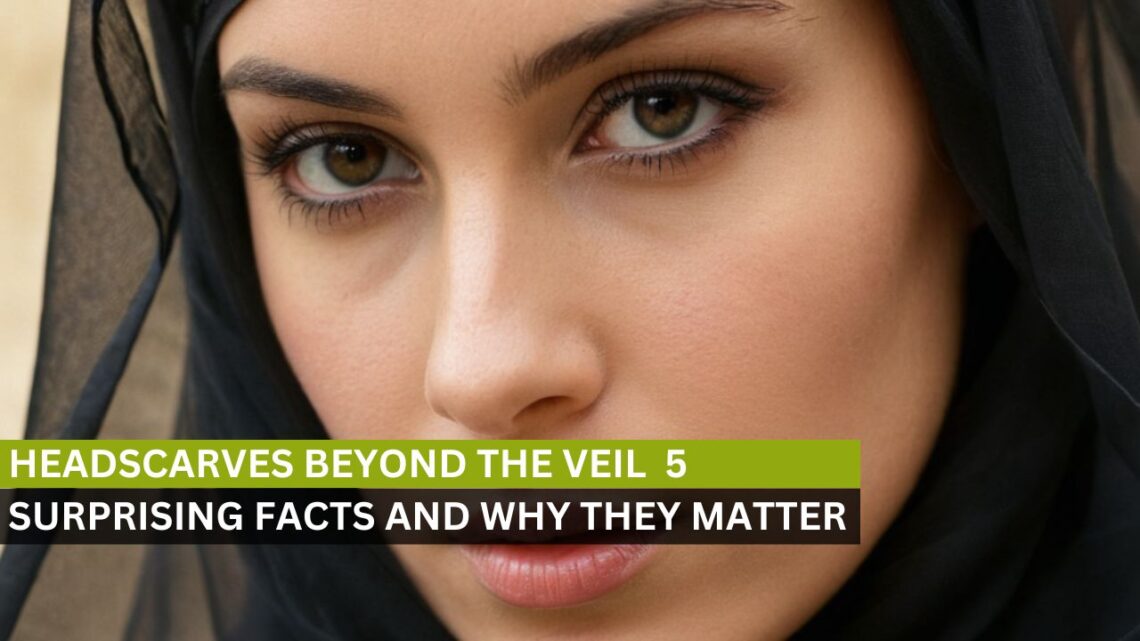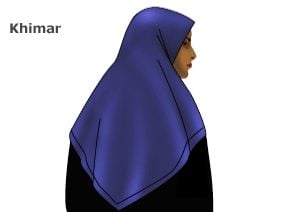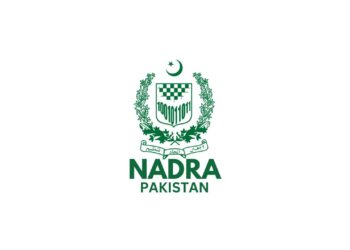Being fearless in the early dawn of my Mid-East Spring continues to take on new meanings, yet one thing remains constant: I’m not struggling with my faith or traditions as much as the interpretation of them by Middle Eastern men and the Western world.
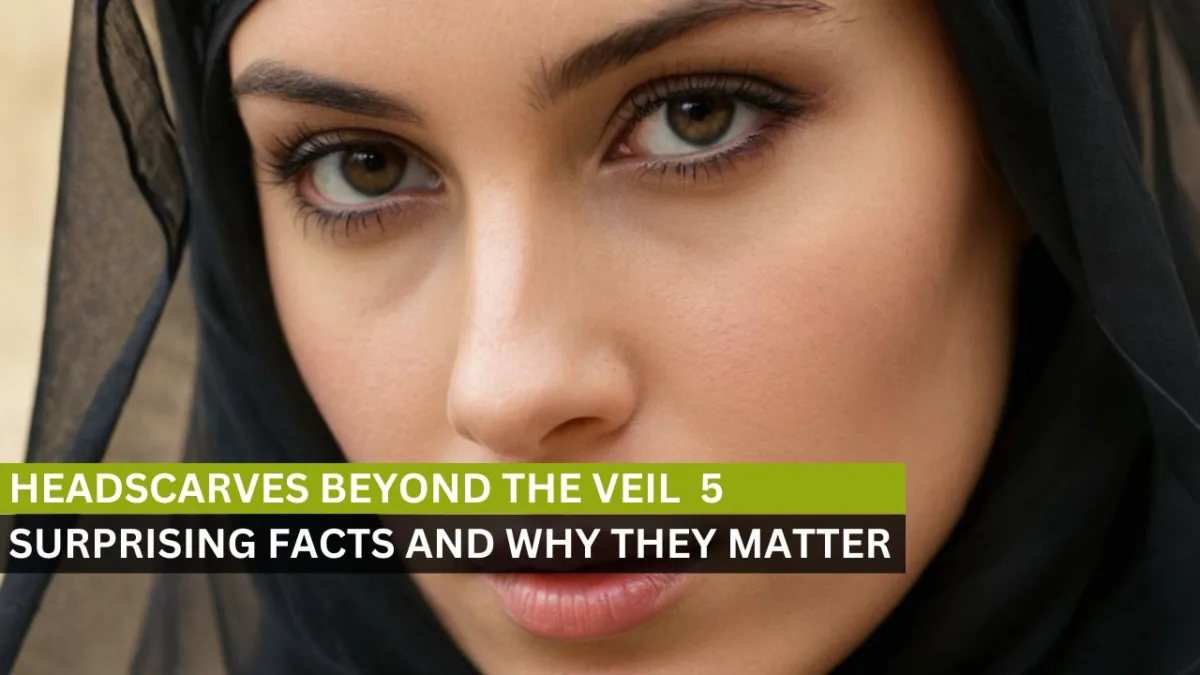
Take the head coverings some of us choose to wear for modesty, cultural, and traditional reasons (or all three) and the scarves non-Muslim women wear for ceremonies, fashion, and warmth (or all three). Throughout history, across religions, cultures, and geographies, neither one is very dissimilar. Both the head coverings—the scarf and the veil—are symbols of sanctity, mourning, seclusion, chastity, and seduction, depending on the culture and context.
The veil became a common symbol of sanctity and propriety for all faiths and traditions: and it’s still mandatory for many orthodox Jewish women who often wear head coverings such as wigs or scarves every day, during prayers, weddings, and other ceremonial occasions. Christian women frequently wore the veil, and today the head coverings have remained part of the nun’s attire and the Christian bride’s wedding outfit.
Islamic head coverings are a mandatory part of a woman’s attire according to the religion; many Islamic women, especially those from the West, wear them by choice. For Hindus, head coverings are common in many parts of north India, but they are more social requirements than
religious, and in southern India, head coverings are considered to be bad luck
Veiled Cultures
1. Both are worn around the head, face, torso, or shoulders.
2. In various countries for religious reasons such as the outer covering of a nun’s headdress (West) and modesty around the hair and face (East),
3. Are referenced as far back as the 13th century BC according to Assyrian texts in Persian (East) and Greek women; the medieval Anglo-Saxon aristocracy wore fitted head coverings that covered most of their faces.
4. They may be part of religious attire (Catholic Holy Communion, Confirmation, and Weddings) or as part of everyday clothing (hijab), religious injunctions, and
special ceremonies.
5. Are they a visible religious symbol that reflects our shared East-West notions of monotheism, successive prophets, revealed scriptures, and a religious history beginning with Abraham? Covering the world.
Al-Amira

A two-piece headscarf includes a fitted cap and a scarf draped over it.
Burka

A full-length veil for women covers the entire body with only a netted screen for viewing.
Chadar
A long black cloak-like garment used as a veil in many parts of southern Asia and Iran is worn over a smaller headscarf.
Coif

A white coif and a black veil are part of a Christian nun’s habit.
Doa Gaun

A long cotton veil that is tied back with a ribbon for ceremonial occasions and is intricately patterned.
Dupatta

a long, rectangular piece of cloth used by many communities in northern and eastern India, Pakistan, Bangladesh, and other Asian countries that is draped over regular clothes as a mark of respect and is worn regularly despite its ceremonial importance.
Esarp

A square scarf, usually silk, in many patterns and designs is a fashion statement in countries like Turkey that is draped around the head and neck.
Gele
A large head tie, worn mostly by women in Western Africa, is brightly colored and festively designed and is wrapped around the head.
Ghunghat

Traditionally worn by Indian Hindu women, this is an extension of a sari that is draped across the head and hides the face partially or fully.
Hijab
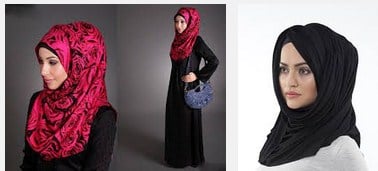
The generic name for Islamic headscarves is a triangular piece of cloth worn around the head and neck, leaving the face visible.
Khimar
Cloak-like veil is worn to cover the head, neck, shoulders, and upper part of the woman’s body, leaving only the face exposed.
Niqab

Black face veil that leaves the eye area showing and is popular in Afghanistan, the Middle East, and most Arab nations.
Shayla
The long rectangular headscarf is worn primarily in the Gulf region around the head and pinned to the shoulder.
Tudung
Layered and patterned one-piece scarves are worn around the face in Malaysia and Indonesia.
Wedding Veil

orn across the face of Christian brides and comes in different types of materials, usually e or tulle; is often white and transparent; trimmed in beads,, crystals,, or pearls; can be short enough to veil just the bride’s face, shoulder, or full, cathedral length. The most common among these are Mantilla, Bouffant, Fingertip, Elbow, blush ballerina, and Flyaway
Post by: Iram Ganju
Follow INCPAK on Facebook / Twitter / Instagram for updates.
